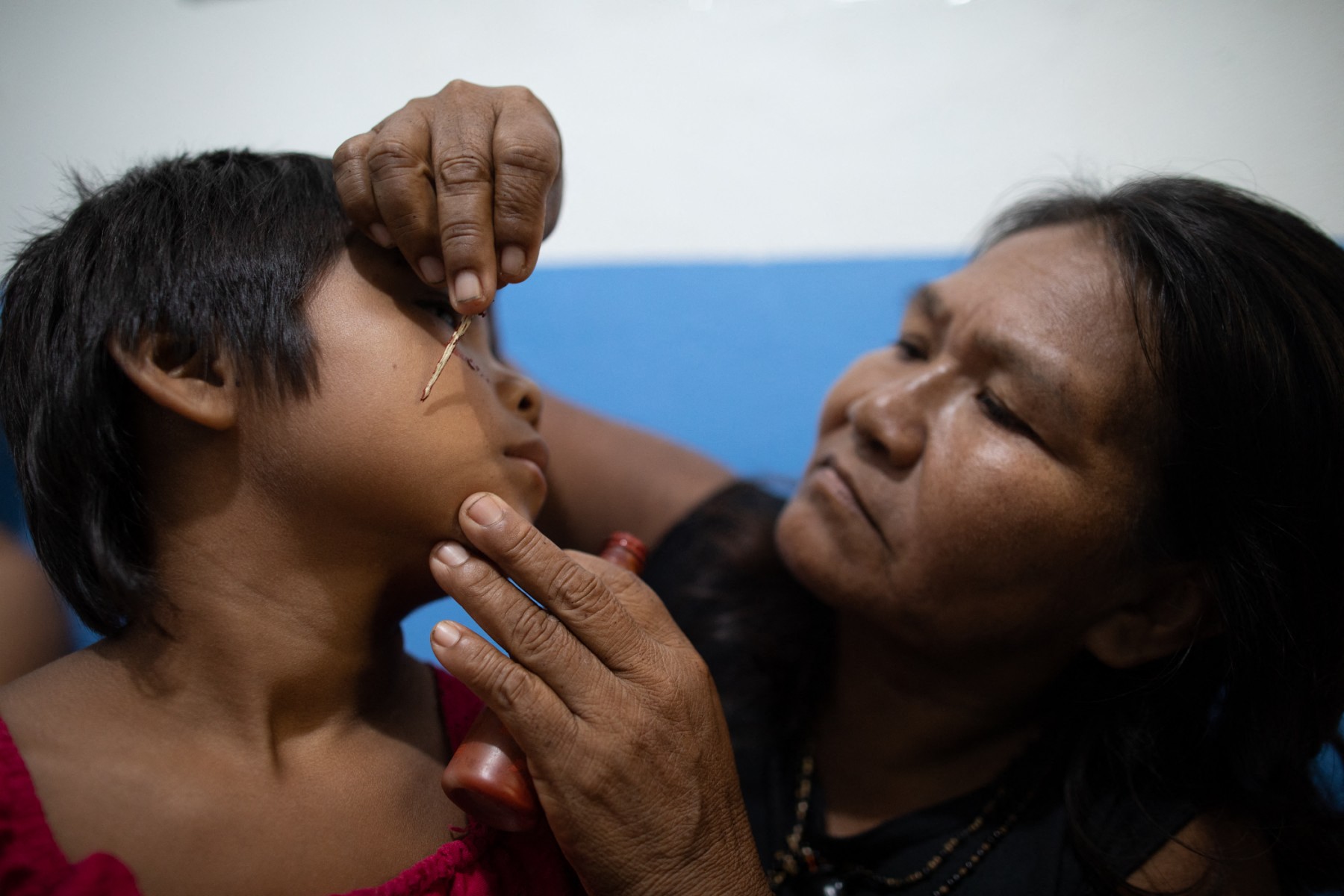Geneva, Switzerland – The number of children who died before their fifth birthday has reached a historic low, dropping to 4.9 million in 2022, according to the latest estimates released today by the United Nations Inter-agency Group for Child Mortality Estimation (UN IGME).
“Behind these numbers lie the stories of midwives and skilled health personnel helping mothers safely deliver their newborns, health workers vaccinating and protecting children against deadly diseases, and community health workers who make home visits to support families to ensure the right health and nutrition support for children,” said UNICEF Executive Director Catherine Russell. “Through decades of commitment by individuals, communities, and nations to reach children with low-cost, quality, and effective health services, we’ve shown that we have the knowledge and tools to save lives.”
The report reveals that more children are surviving today than ever before, with the global under-5 mortality rate declining by 51 percent since 2000. Several low- and lower-middle-income countries have outpaced this decline, showing that progress is possible when resources are sufficiently allocated to primary health care, including child health and well-being. For example, the findings show that Cambodia, Malawi, Mongolia, and Rwanda have reduced under-5 mortality by over 75 per cent since 2000.
But the findings also show that despite this progress, there is still a long road ahead to end all preventable child and youth deaths. In addition to the 4.9 million lives lost before the age of 5 – nearly half of which were newborns – the lives of another 2.1 million children and youth aged 5-24 were also cut short. Most of these deaths were concentrated in sub-Saharan Africa and Southern Asia.
The loss of life is primarily due to preventable or treatable causes, such as preterm birth, complications around the time of birth, pneumonia, diarrhea, and malaria. Many lives could have been saved with better access to high-quality primary health care, including essential, low-cost interventions, such as vaccinations, availability of skilled health personnel at birth, vaccinations, support for early and continued breastfeeding, and diagnosis and treatment of childhood illnesses.
While the global numbers show welcome signs of progress, there are also substantive threats and inequities that jeopardize child survival in many parts of the world. These threats include increasing inequity and economic instability, new and protracted conflicts, the intensifying impact of climate change, and the fallout of COVID-19, which could lead to stagnation or even reversal of gains and the continued needless loss of children’s lives. Children born into the poorest households are twice as likely to die before the age of 5 compared to the wealthiest households, while children living in fragile or conflict-affected settings are almost three times more likely to die before their fifth birthday than children elsewhere.








